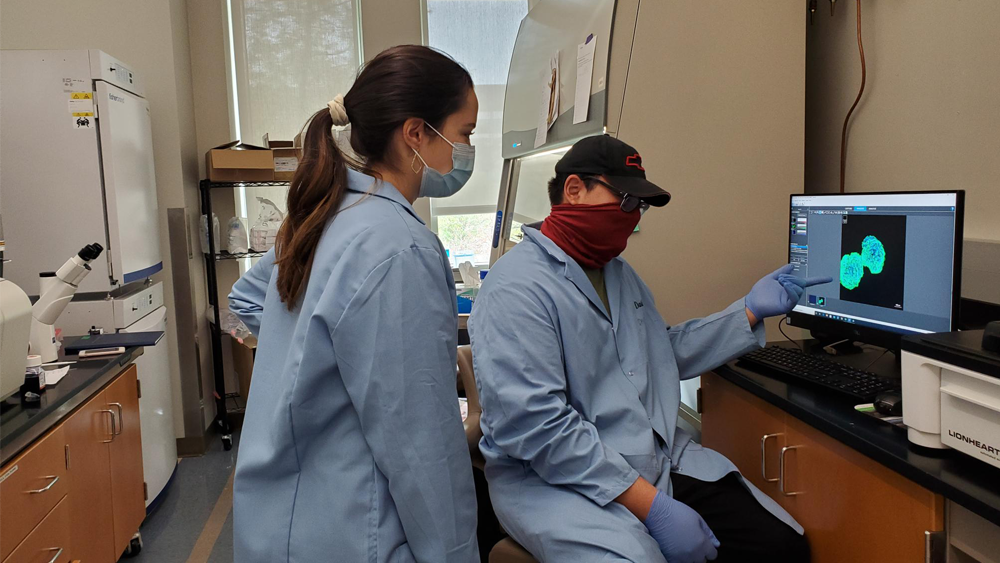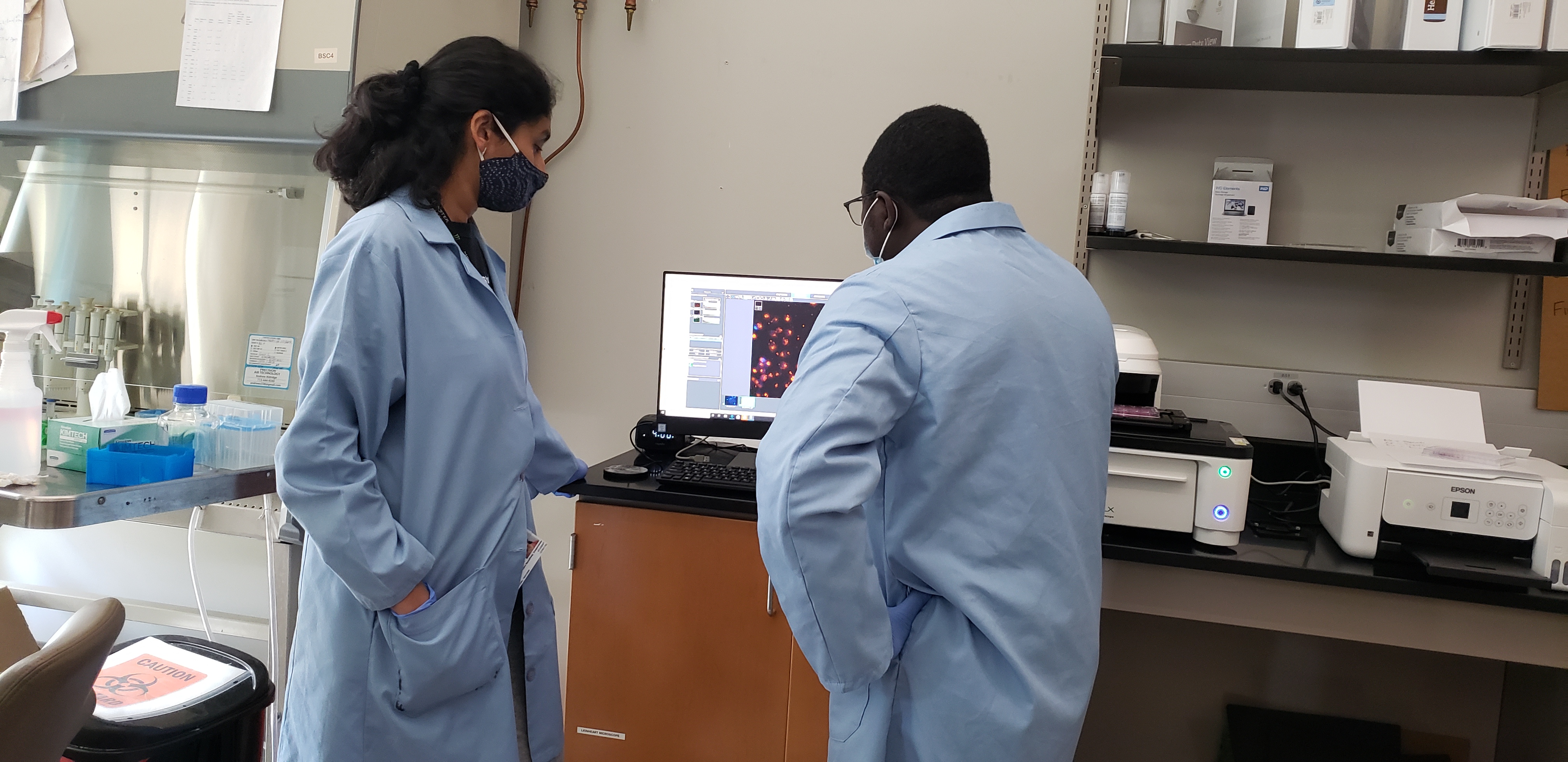
Dr. Isaac Adjei is using his background in drug delivery to engineer new ways to treat late-stage cancer patients.
Adjei, assistant professor in the Department of Biomedical Engineering at Texas A&M University, develops treatments for patients with late-stage cancers to improve their quality of life and help them live longer. Typically, these patients have cancer that has spread to other parts of the body or tumors that do not respond to treatment.
One of the current treatments for most cancer patients is immunotherapy, where antibodies are used against specific receptors on cancer cells to activate the immune system or immune cells are isolated, activated and then re-injected into the body to attack the cancer. However, immunotherapy is less likely to work on patients with late-stage cancer. In breast cancer patients, only about 5% in the advanced stage will respond to treatment.
Adjei’s group takes a different approach to how the immune system interacts with tumors. Instead of only testing different immunotherapies, his team looks to see if they can develop ways to change the environment inside a patient’s tumor to give the treatment a better chance of working.
“We’re trying to change the environment within the tumor using nanoparticles that we developed in our lab so that when the new immune cells get there, the cells are happy, and they can find the cancer cells and kill them,” Adjei said. “We’re giving them a fighting chance to be able to do the job you send them there to do.”
One way Adjei’s team is hoping to accomplish this is by changing the oxygen levels within the tumor. As cancer grows, it uses a lot of nutrients, lowering the amount of oxygen within the tumor. Once the environment is depleted of nutrients, the tumor is prompted to leave, which leads to the cancer spreading throughout the body through metastasis. The cancer cells also develop ways that allow them to hide from the immune cells in this hypoxic environment, making immunotherapy ineffective.

If nanoparticles — tiny devices 1,000 times smaller than a strand of human hair — can be injected into the tumor and produce oxygen, the immune system will have a better chance at destroying the tumor. Adjei’s team develops nanoparticles that take advantage of some of the properties of the tumor cells to produce oxygen in that environment to ensure a sustained effect.
Adjei says one goal is to find ways to mimic nature.
“One of my philosophies is if you take something that nature is already using, it makes it easy to translate,” Adjei said. “I did some of my Ph.D. coursework in a hospital, so there it’s put into your head before you develop or design anything, you have to think about how you’re going to ultimately get it into a patient.”
That leads to another challenge his team is working to solve — ensuring nanoparticles end up in the right place in the body. Once again, they are using the body’s own systems as a template. The liver, for instance, produces many substances, but the body knows where each should go, usually using specific proteins.
“What (my graduate student) Sri is doing is she’s developing these nanoparticles that, if you inject them into the body, they can recruit some of these proteins and then use that to tell the nanoparticles where to go,” Adjei said. “Once we have this platform, we can apply it for different applications such as treatment of cancer, stroke, even traumatic brain injuries.”
Adjei said one of his goals is to train students with the right skills and mentality to help patients, which can have a broader impact on the health of the community.
“If I train two doctoral students who have the same mentality, and they go out with the goal to improve outcomes for patients, that’s three people trying to do the same thing,” Adjei said. “That is my ultimate goal: help patients and train excellent, translation-minded students who, when they go out, even if they are in industry, are going to make impacts.”